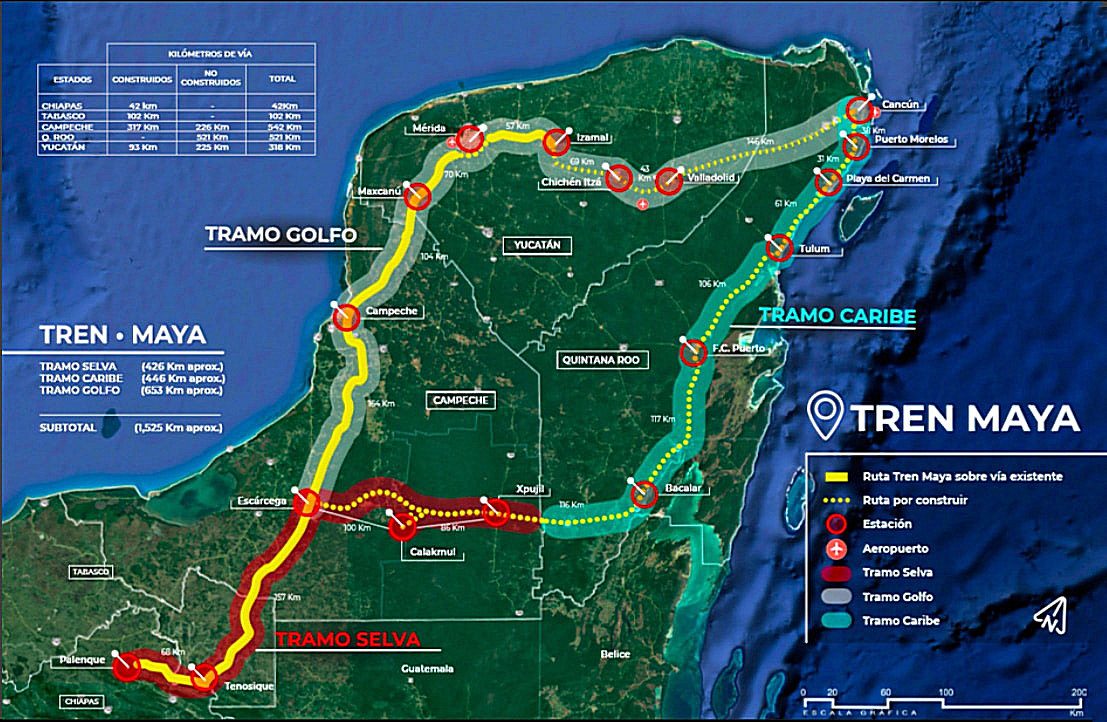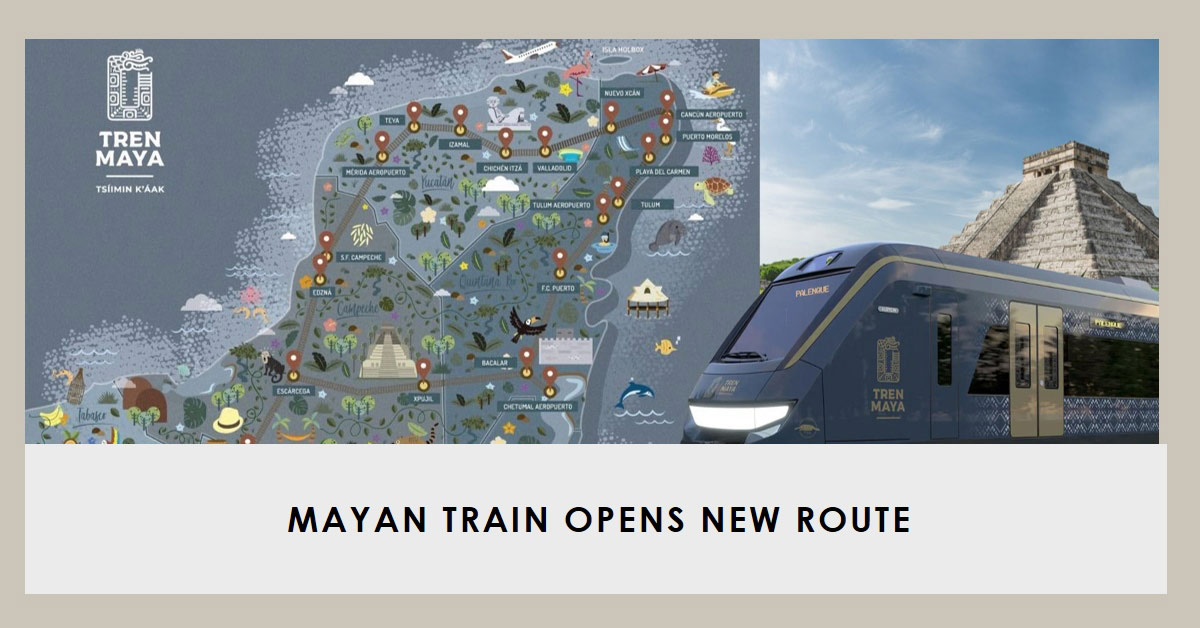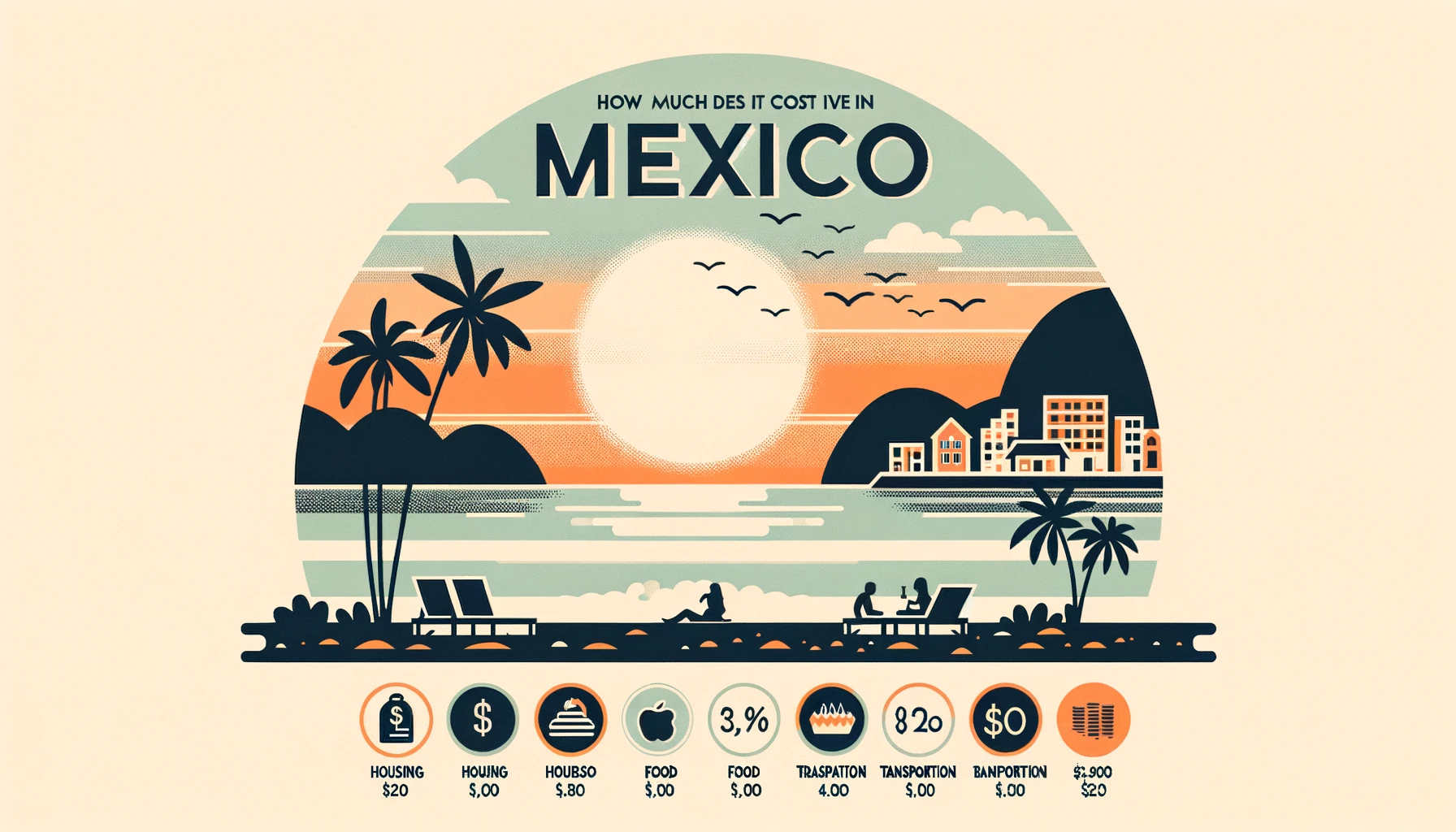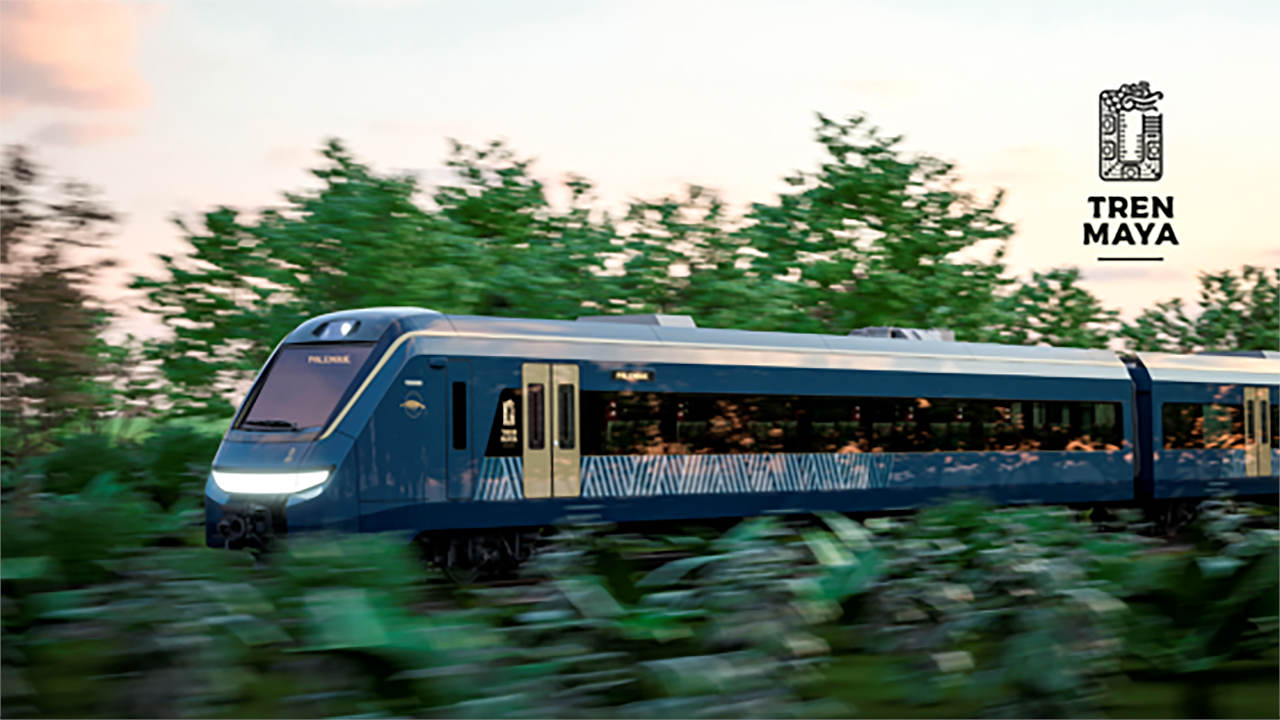The Maya Train: Bringing High-Speed Rail Travel to Most of Mexico
Update June 4, 2023
On Monday, Javier May, the Director of the National Fund for Tourism Development (Fonatur), announced that the inaugural railcars for the Tren Maya initiative would arrive on July 8.
These cars will first grace the tracks of the Yucatán peninsula, entering a phase of stationary examination before progressing to dynamic and rolling tests in August, spanning a 90-kilometer track section.
Maite Ramos, the head of Alstom México, a leading railway company, shared during President López Obrador’s morning media briefing that plans are underway to facilitate the first railcars’ transfer.
“The testing phase will encompass static and dynamic tests, where we check everything – from water and light functionality to door operations and cabin conditions,” Ramos elaborated.
“Initial testing will focus on the electromechanics and operations of the train. Subsequently, the railcar will undergo rigorous on-track testing, covering a distance of 15,000 kilometers to ensure a thorough examination,” she added.
Ramos further highlighted the incorporation of the HealthHub system in the train. This advanced setup will continuously monitor the unit’s performance, with specialized personnel scrutinizing the data every 30 seconds.
“Imagine it as a perpetual electrocardiogram for the train. It operates non-stop, like a patient under continuous observation, with sensors alerting us to the dawn or any abnormalities that need attention,” Ramos detailed.
The globally acclaimed “X’trapolis” units, born in Ciudad Sahagún, Hidalgo, by French rail giant Alstom – the initial Mexico City Metro system supplier – are chosen for this project.
These units are widely popular in countries like France, Spain, and Australia, forming the backbone of their significant suburban commuter networks.
At the same press conference, Guadalupe Phillips, the Director of the renowned Mexican construction firm Empresas ICA, showcased a video highlighting the construction strides made at the Cancún and Chichén Itzá stations, a part of the fourth railway section.
May reaffirmed the commitment made earlier in February by the chief of Tren Maya S.A. de C.V., stating that the Maya Train is on track to commence operations in December. The train route will connect 34 stations across five states – Tabasco, Chiapas, Campeche, Yucatán, and Quintana Roo.
In the latest news, Tren Maya’s development has been moving full steam ahead. Despite some challenges, the project is making significant progress, particularly in integrating local communities into its operations and maintaining a commitment to sustainability.
As the day of its inaugural run approaches, the excitement around the project continues to build, not only domestically but also on an international scale.
What is the Tren Maya Project?

The Maya Train is a high-speed electric train that will wind through the Yucatán Peninsula and the Riviera Maya, connecting tourist sites and bringing people closer to nature.
The project was led by Mexico’s Fondo Nacional de Fomento al Turismo (the country’s tourism agency), which commissioned three companies to build the train.
Which Companies Are Building the Maya Train?
- Caín Transportation Systems Inc.
- Chinese multinational corporation Beltrami mining group Ltd
- Mexican steelmaker INM Secretary Prescott Duarte-to build
How Fast Will the Maya Train Travel?
The Maya Train will be a conventional mixed-use line linking the region’s primary production and tourist centers.
It is designed for a top speed of 160 km per hour for passenger traffic and 100 km an hour for freight / cargo.
When Will The Maya Train Be Completed?
The Maya Train Project was started in 2020 and is scheduled to be completed by 2024.
The Maya Train project aims at making travel easier and more accessible for tourists by providing a reliable form of transportation that can take them seamlessly between popular destinations along its 1,500 km (948 miles) track.
The Mayan train was designed to have 17 stops, including Cancun near Playa Del Carmen, Puerto Morelos, and Tulum, before ending up in Bacalar (40 miles from Belize).
How Many Jobs Will The Maya Train / Tren Project Generate?
Experts estimate that the Maya Train project could generate 80,000 thousand jobs initially, increasing to 150,000 workers.
The project will provide a significant economic stimulus to the country and increase tourism.
The Maya Train will operate on three different routes:
Caribbean, Gulf, and Jungle Maya Train Routes
The Caribbean route will connect Cancun to the southern end of Quintana Roo, with stops along Puerto Morelos, Playa Del Carmen, Tulum, and Bacalar.
The gulf route will connect Cancun to Merida, visiting the ancient ruins of Chichen Itza before heading south toward Campeche.
The jungle route will connect the southern portion of Quintana Roo to Southern Campeche state, stopping at the renowned Calakmul Mayan ruins site.
Where Will The Mayan Train Have Stops?
Many cities in Quintana Roo will have the option to board or depart from Mayan Train.
Here is a list of cities we know the high-speed train will stop at.
- Cancún Airport
- Playa del Carmen
- Chiapas
- Tabasco
- Campeche
- Yucatán
- Mexico Termini
- Palenque
- Chiapas
- Bacalar
The Maya Train Has Some Communities Upset
The project aims to build a train track that passes near many Mayan ruins, which some argue will destroy historical sites and damage the environment.
Many people also support this endeavor because they see how much potential development, tourism, and commerce can be built for future generations.
See A Video On The Maya Train Project
Tren Maya Construction Update: May 2023
The Tren Maya is a 1,525-kilometer (948 mi) intercity railway in Mexico that will traverse the Yucatán Peninsula. Construction began in June 2020 and is scheduled to be completed by 2024.
The train will have seven stops, including Palenque, Campeche, Mérida, Playa del Carmen, and Tulum. The train is expected to start operating in December 2023.
The construction of the Tren Maya is well underway. As of May 2023, the following progress has been made:
The first 100 kilometers of track have been laid.
The first bridge has been completed.
The first station has been built.
The workforce has grown to over 10,000 people.
The construction of the Tren Maya is a major undertaking that is expected to have a significant impact on the Yucatán Peninsula.
The train is expected to reduce travel time between the region’s cities, boost tourism, and create jobs.
The project has been criticized for its environmental impact, but the Mexican government said the train would be built sustainably.
The Tren Maya is a major project that is expected to have a significant impact on Mexico.
The construction is well underway, and the train is expected to start operating in December 2023.
The project is a 1,525-kilometer (948 mi) intercity railway traversing the Yucatán Peninsula in Mexico.
Construction began in June 2020 and is scheduled to be completed by 2024.
The train will have seven stops, including Palenque, Campeche, Mérida, Playa del Carmen, and Tulum.
The train is expected to start operating in December 2023.
The train is expected to reduce travel time between the Yucatán Peninsula cities and boost regional tourism.
The train will be powered by electricity and have a top speed of 160 kilometers per hour (99 mph).
The train will have three classes of service: first class, business class, and general class.
The train is expected to create 4,500 direct and 7,500 indirect jobs.
The project has been criticized for its environmental impact, but the Mexican government said the train would be built sustainably.
Alstom is a major supplier for the project, providing the trains and signaling system. The company has a long history of working in Mexico and is committed to helping the country develop its infrastructure.
Related Posts
-
Where is The Riviera Maya on a Map?
What Are The Best Riviera Maya Adventures Riviera Maya is a popular tourist destination on…
-
Mayan Train Completion Date - Prices & Routes
Update On the Tren Maya Route and Completion Dates Exploring the Tren Maya: Mexico's Newest…
-
Riviera Maya Map: Top Beaches, Resorts & All Inclusive Hotel Options
Learn About the Riviera Maya, Mexico The Riviera Maya is a popular tourism and resort…
-
Unlock Mexico's Rich History With the Maya Tren
Discover the Magical Journey of the Mayan Tren in Mexico Are you ready to embark…








